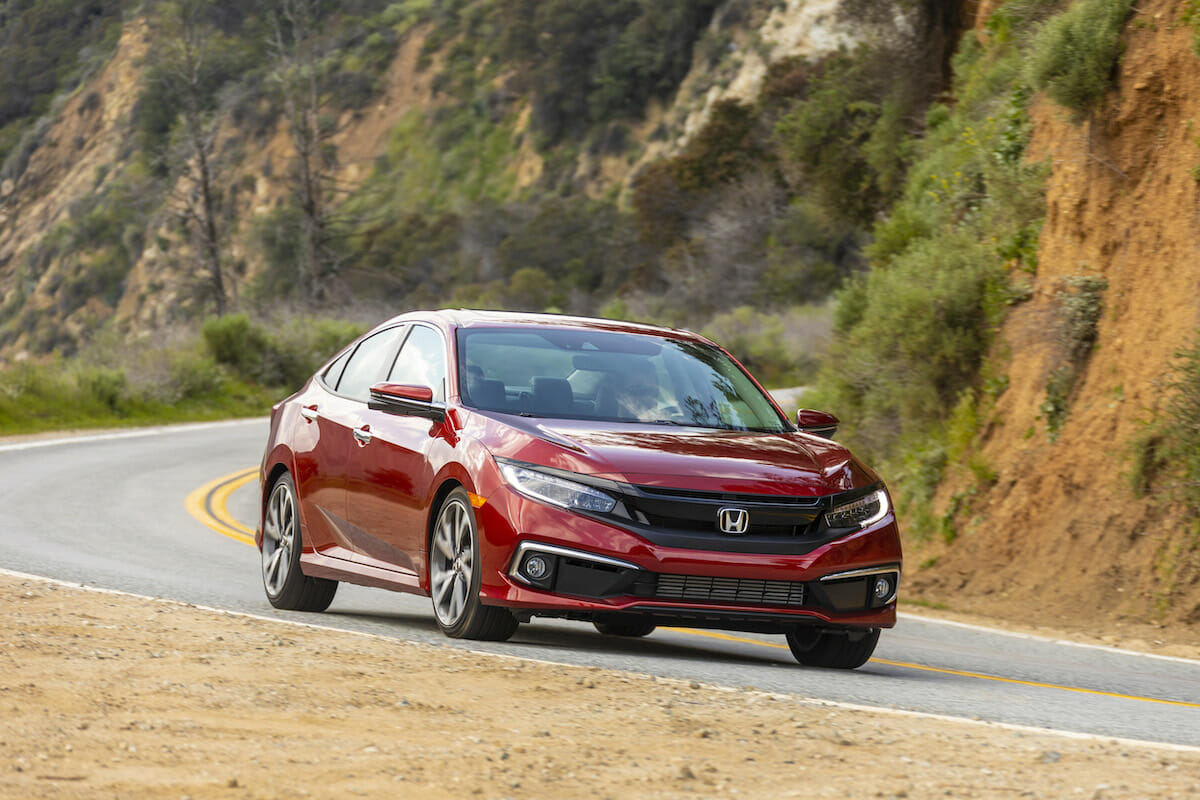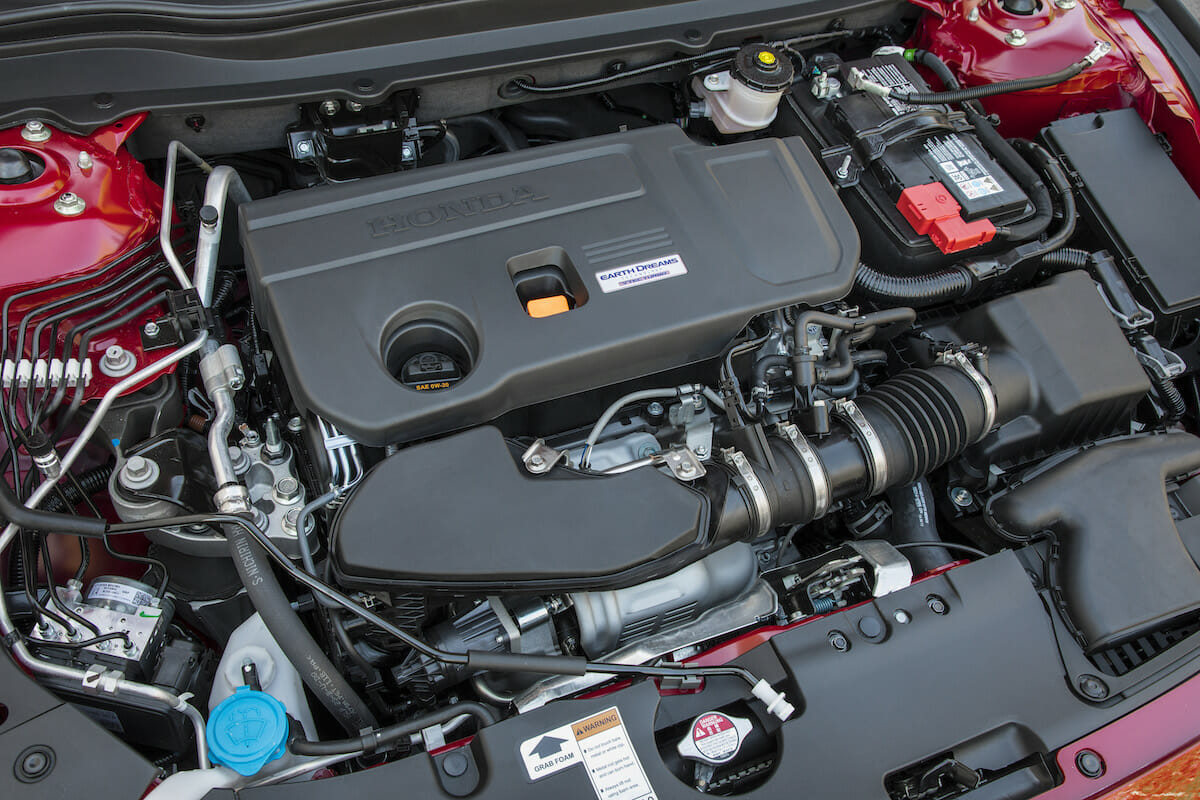Car batteries only last three to four years, so it’s not a surprise if your battery starts to die more often or isn’t powerful enough to start your car at all. Sluggish starting cycles are a sign that it’s time to look for a new Honda battery.

What’s the best Honda battery?
Depending on the Honda you’re driving, you may need different batteries. For example, the 2020 Honda Accord takes an AGM H5 540 or a Flooded H5 540. The 2020 Honda Civic, on the other hand, takes an AGM, Optima or Flooded 51R 410.
Battery Group Sizes Explained
Battery group sizes are there to help you get the right battery for your vehicle based on size and power.
The Battery Council International, or BCI, designates each battery group size by using a series of letters and numbers. For a Honda Civic, for example, you will want to use an AGM, Optima or Flooded 51R 410 battery. You can learn more about battery sizes and types here.
Lead Acid, Lithium-Ion or SLI?
The type of battery is either going to be lead acid or lithium-ion. Both fall under the category “SLI,” which stands for “starting, lighting and ignition.” SLI batteries are made to power engines, lights and other accessories that can be found in today’s modern vehicles.
The majority of car batteries are SLI batteries. Most use lead-acid chemical reactions to produce the energy needed inside the vehicle.
Lithium-ion batteries are becoming more popular today and are likely to replace the current lead-acid batteries within a few years. These batteries are expected to have longer lives and to be lighter than lead-acid batteries, which is appealing to drivers, mechanics and others.
OEM vs. Aftermarket: What’s the Difference?
OEM stands for “original equipment manufacturer,” and it means that a part or battery has been created exactly the same as the original part in the vehicle. The parts are designed specifically with your vehicle’s requirements in mind.

Aftermarket parts are made by different companies, and the parts or batteries will not be identical to the original parts. While designed to meet the vehicle’s requirements, they aren’t the same as the OEM batteries.
They are less expensive, which makes them appealing, costing up to 60% less than OEM batteries.
If You Do Go Aftermarket, Here’s What We Suggest
If you decide to go with an aftermarket model, it’s a good idea to be cautious about which one you buy. The best advice is to do your research, check reviews from others, and make sure that the battery meets or exceeds the requirements of your vehicle.
Don’t forget to look at the expected lifespan and performance specs of the aftermarket battery. If you do this, you’ll be able to compare OEM and aftermarket parts to see which is more cost-effective.
Photos: Honda